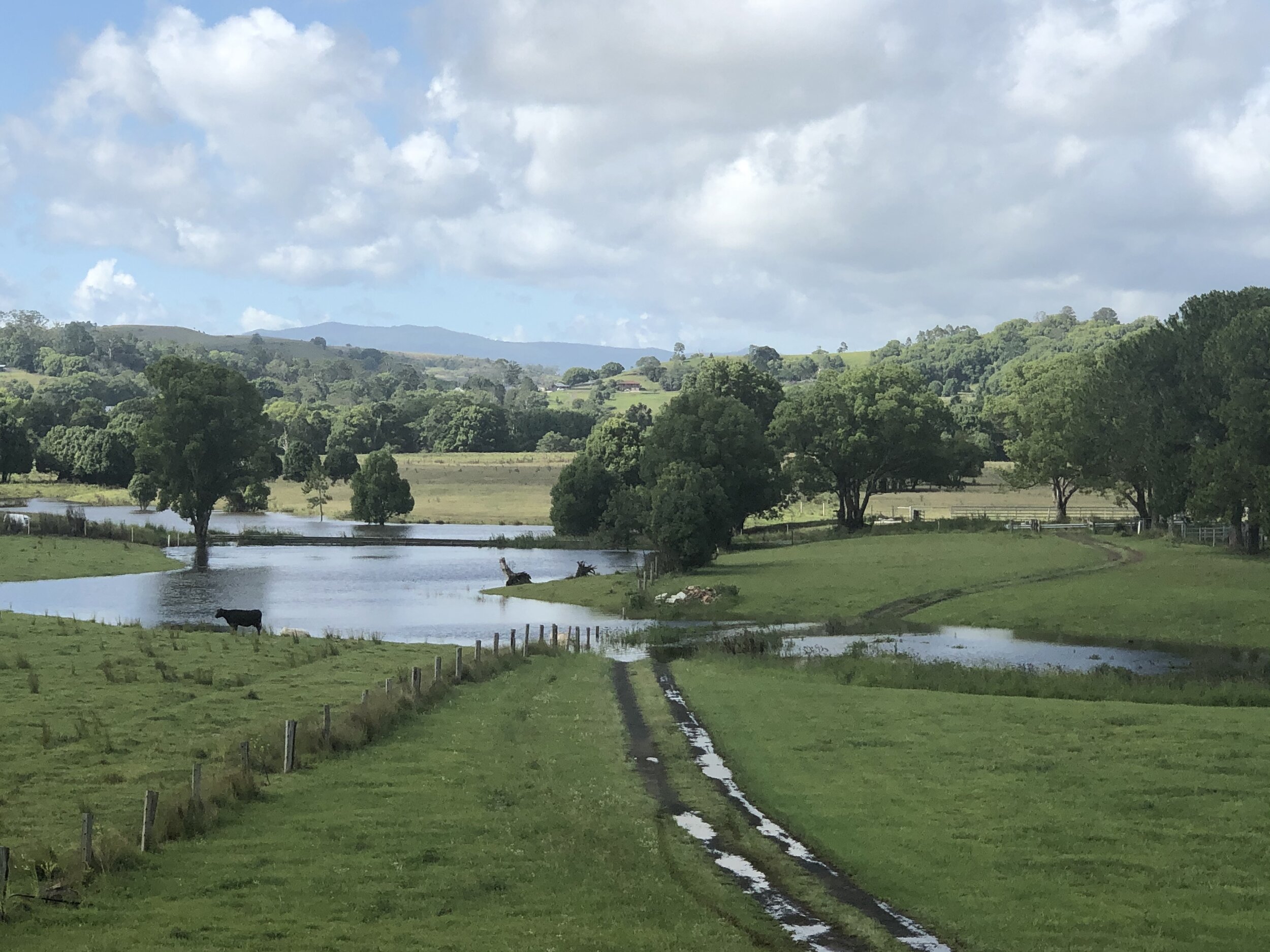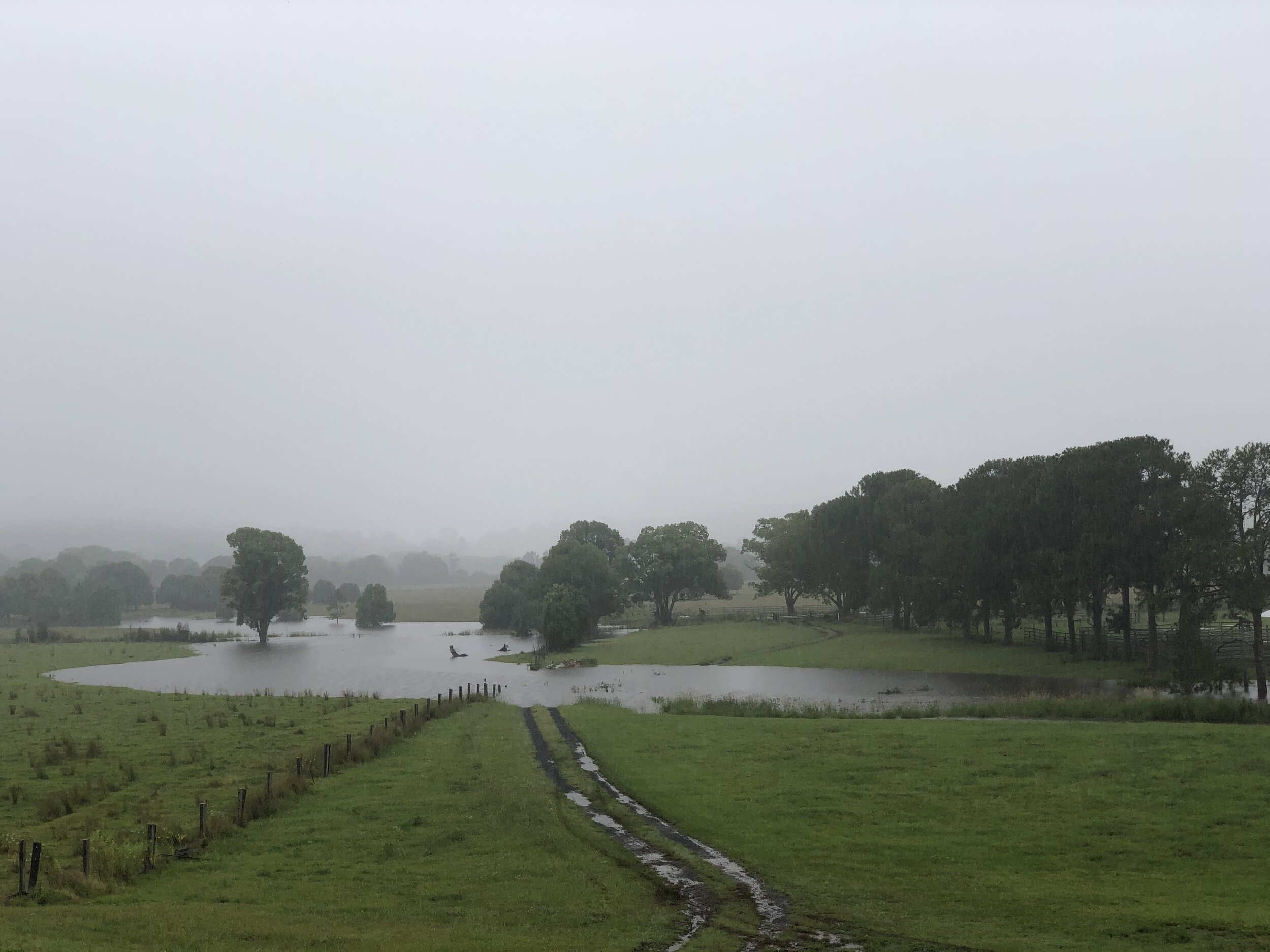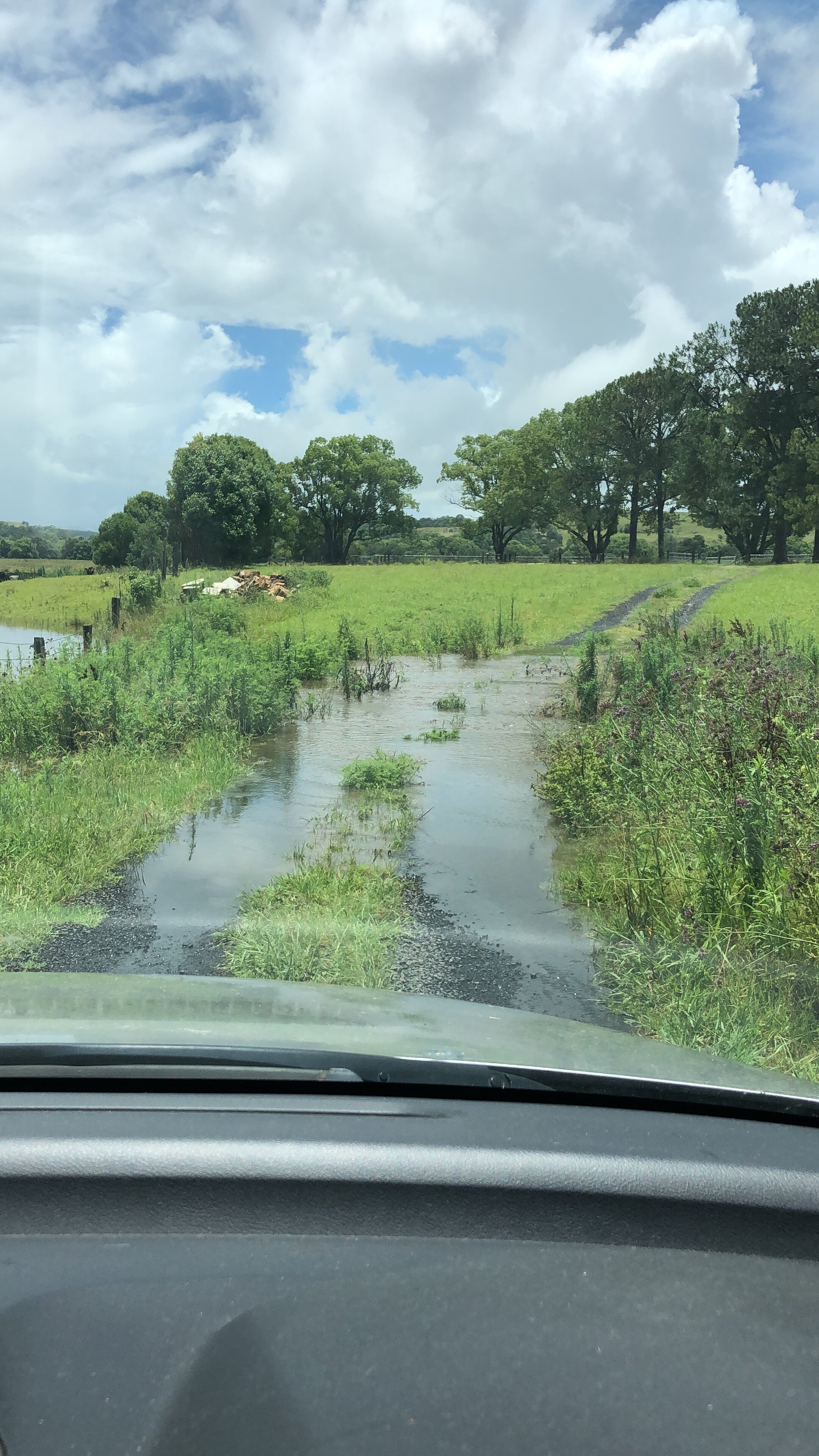Floods Instead of Fires : Climate Change Reflections Amidst Weather Fluctuations
La Nina touches down on mid East Coast Australia.
Heavy rains, flash flooding, communities cut off, animals stranded. The annual flooding in the northern rivers region begins.
But how is this weather pattern impacted or intensified by the warming climate?
La Niña is an expected weather pattern that occurs every couple of years, as a result of variations in ocean temperatures in the equatorial band of the Pacific Ocean. Strong winds blow warm water on the ocean's surface away from South America, across the Pacific Ocean towards Indonesia.
As human-caused climate change disrupts weather patterns around the world, scientists wonder how it will affect one of the world’s dominant weather-makers.
During El Niño, chances for drought increase across India, Indonesia and Australia and a large part of the Amazon, while the southern U.S. tends to see more precipitation. During La Niña, the pattern is effectively reversed, with wetter conditions for Indonesia, Australia and parts of the Amazon, and dry conditions in the southern tier of the U.S. (NOAA)
In a warming climate, rainfall extremes are projected to shift eastward along the equator in the Pacific Ocean during El Niño events & westward during extreme La Niña events. Less clear is the potential evolution of rainfall patterns in the mid-latitudes, but extremes may be more pronounced if strong El Niños and La Niñas increase in frequency & amplitude.
Some El Nino/La Nina impacts are already being amplified, such as the extensive coral bleaching & increases in tropical Pacific storm activity. La Nina is expected to impact tropical cyclone genesis in the future as it does today in the Atlantic, Pacific & Indian Oceans, but precisely how is still an open question.
We are safe, have a garden of food, filters for our water, and each other to keep company. But my heart goes out to those less fortunate in these amplifying extreme weathr incidents. In 2018, the World Bank estimated that three regions (Latin America, sub-Saharan Africa, & Southeast Asia) will generate 143 million more climate migrants by 2050. In 2017, 68.5 million people were forcibly displaced, more than at any point in human history. (brookings.edu)
This global challenge has and will create myriad critical issues that the international community must confront:
Large-scale human migration due to resource scarcity, increased frequency of extreme weather events, & other factors, particularly in the developing countries in the earth’s low latitudinal band
Intensifying intra- & inter-state competition for food, water, & other resources, particularly in the Middle East & North Africa
Increased frequency & severity of disease outbreaks
Increased U.S. border stress due to the severe effects of climate change in parts of Central America
These are serious challenges. The scope & scale of human migration due to climate change will test the limits of national & global governance as well as international cooperation.
We are all connected. By planet. By weather. By our humanity. We must all be climate activists. Because the weather is coming in hot. Whether we believe in it or not.
SOURCES
https://research.noaa.gov/article/ArtMID/587/ArticleID/2685/New-research-volume-explores-future-of-ENSO-under-influence-of-climate-change
https://www.climate.gov/enso
https://www.brookings.edu/research/the-climate-crisis-migration-and-refugees/



